
Whether you’re watching a video, checking an email, or reading a book, there are some instances in which using a phone with a larger screen can be really helpful. However, certain tasks, like typing, can sometimes be harder on a bigger device, especially if you only have one free hand.
Microsoft wants to make it easier for iPhone users to type quickly with its Word Flow keyboard, which is reportedly coming to iOS, according to a new report.
The Word Flow keyboard allows you to type on Windows Phone devices by swiping between letters rather than tapping them, similar to what apps like Swype offer. What’s different about the upcoming iPhone version, however, is that it will have a fan-shaped layout that would make it more convenient to type with one hand, according to a post on industry watcher Paul Thurrott’s blog.
The author of the post, Brad Sams, claims to have received screenshots of the new keyboard from an unnamed source. A Microsoft representative told TIME that the company does not comment on rumors or speculation.
Each row of keys in the new Word Flow app for iPhone is on an arc that fans out from the bottom of the screen, according to the report’s description. This would theoretically make it easier to type only using a thumb.
Apple has its own one-handed feature called Reachability, which moves content toward the lower half of the screen so that it’s more convenient to reach. This feature, however, is only available on the iPhone 6, 6 Plus, 6s, and 6s Plus, accessed via two light taps on the Touch ID button.
Although Microsoft hasn’t confirmed whether or not it’s launching a new keyboard for iOS, an email published on Thurrott’s blog suggests it may be compatible to the iPhone 5s and higher if and when it does launch.
The keyboard is said to be coming to Android as well, but it’s unclear if it will have the same type of one-handed design as the iPhone version.
Microsoft’s Newest Product Is Like Apple in Alternate Reality
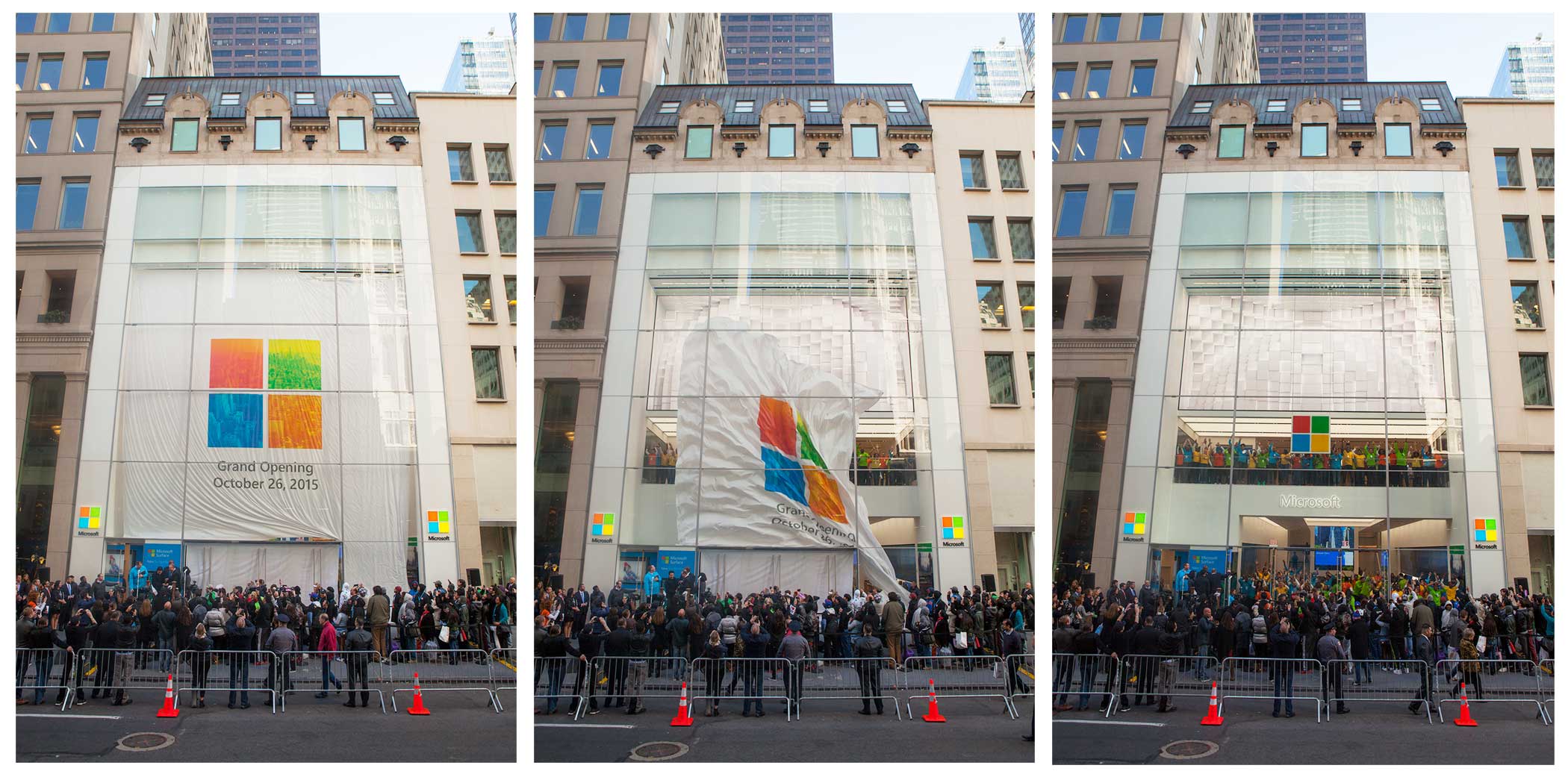
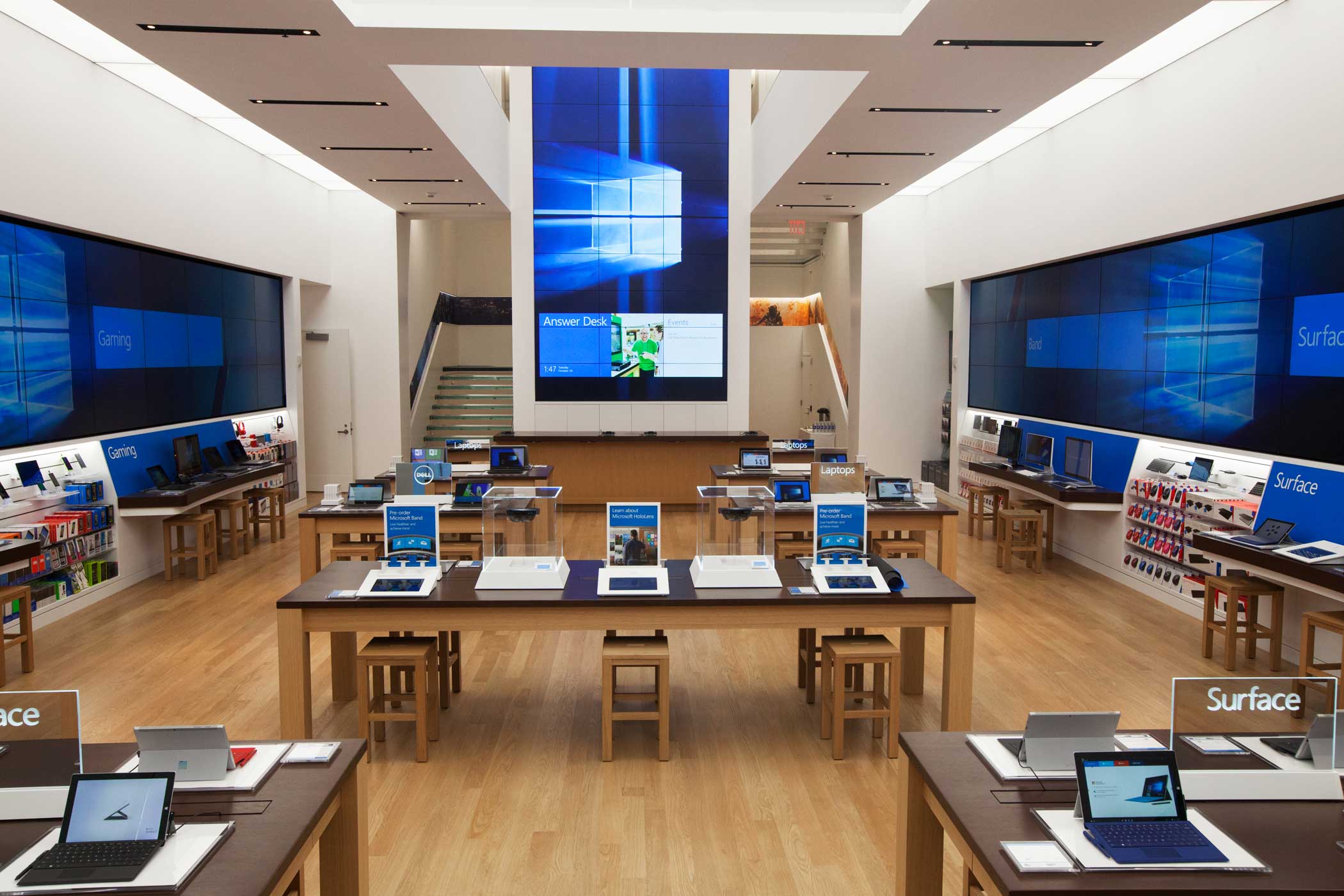




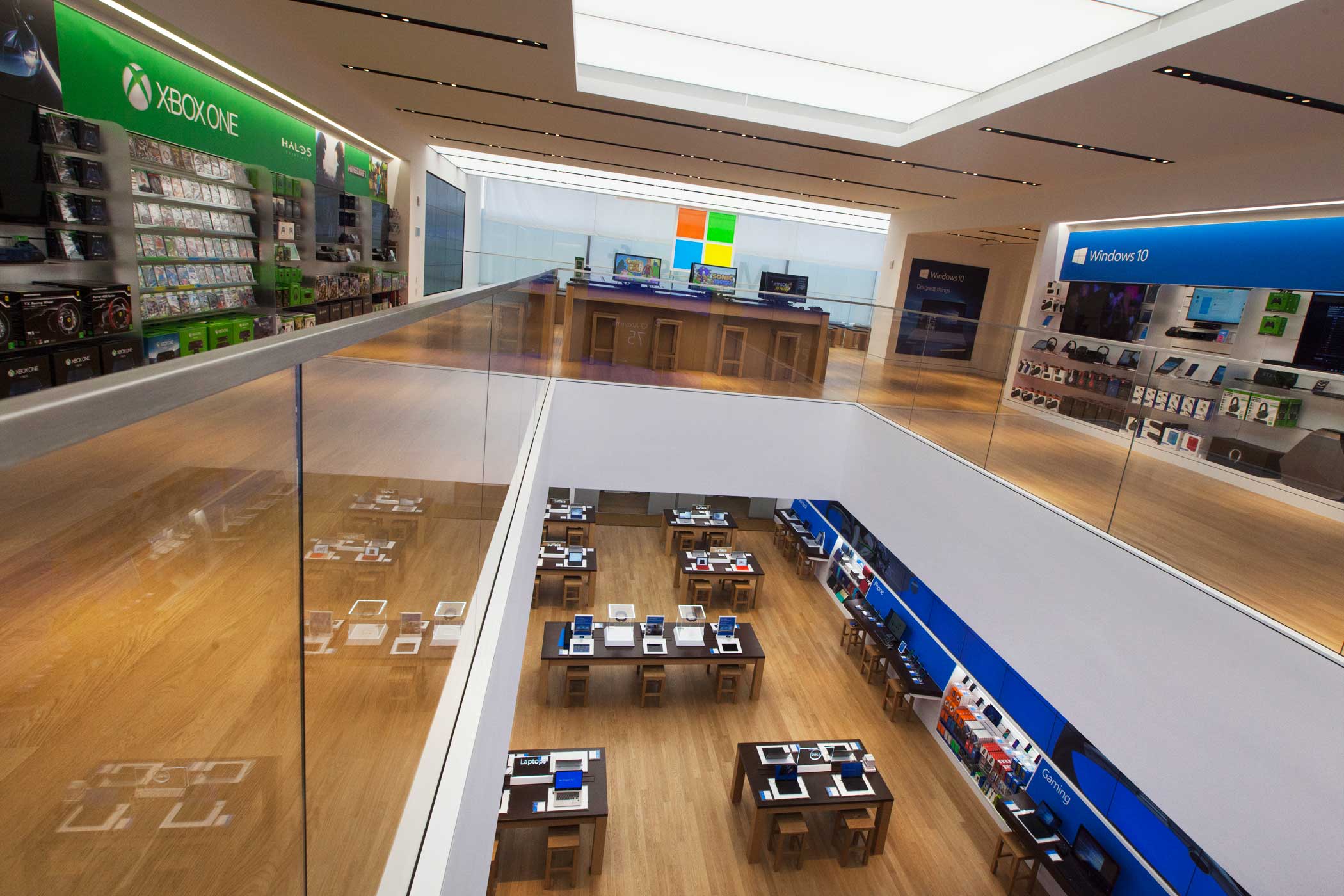
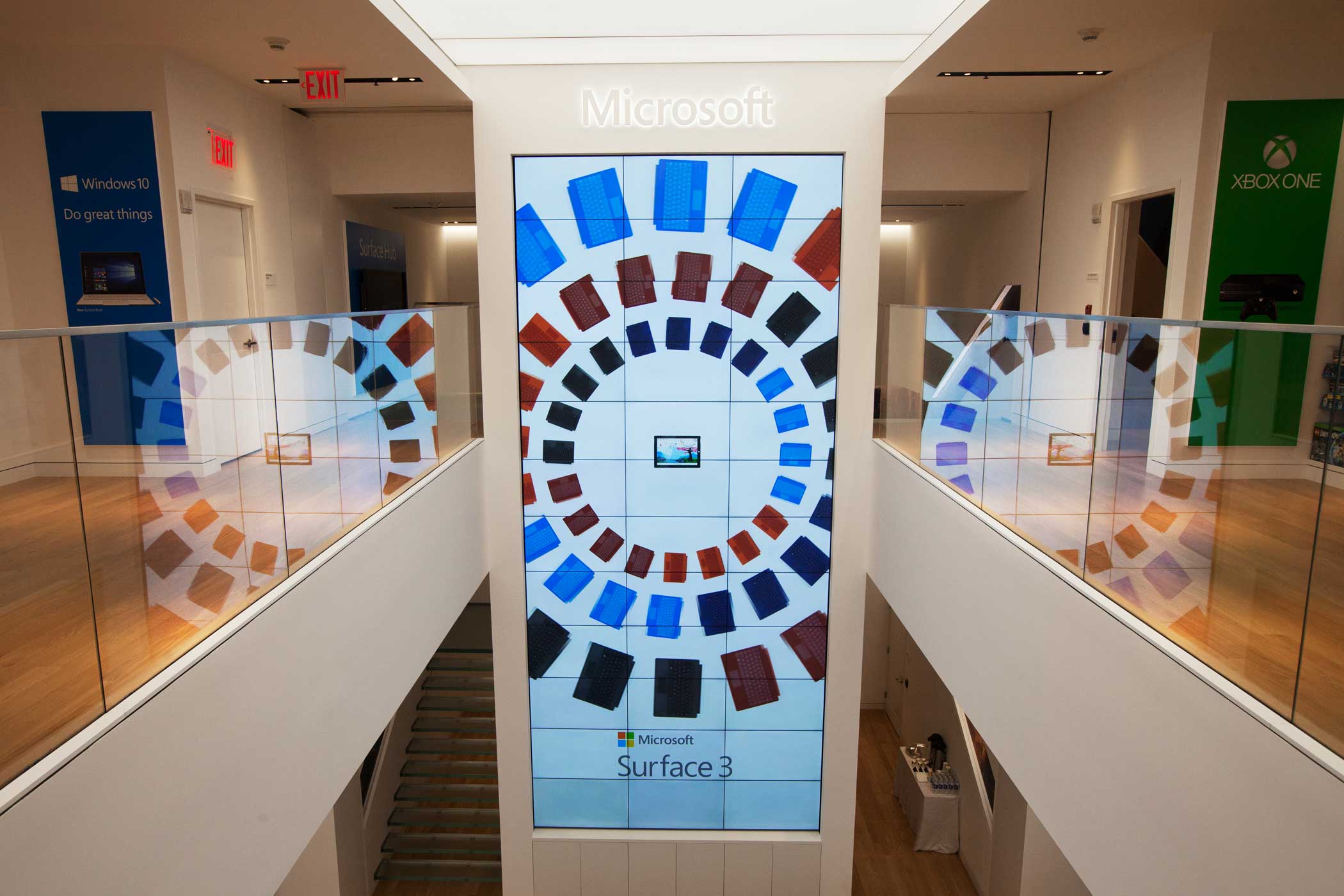
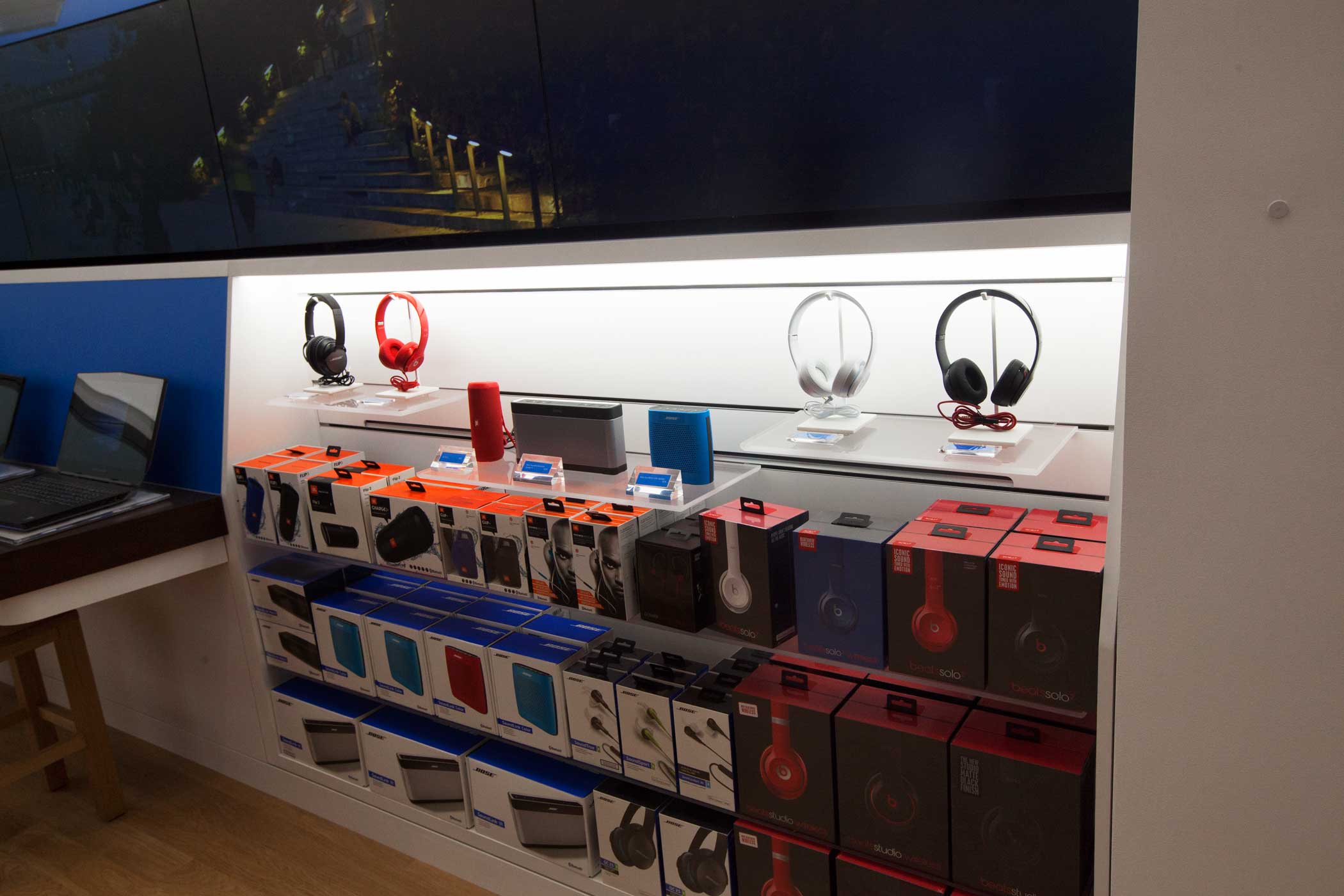

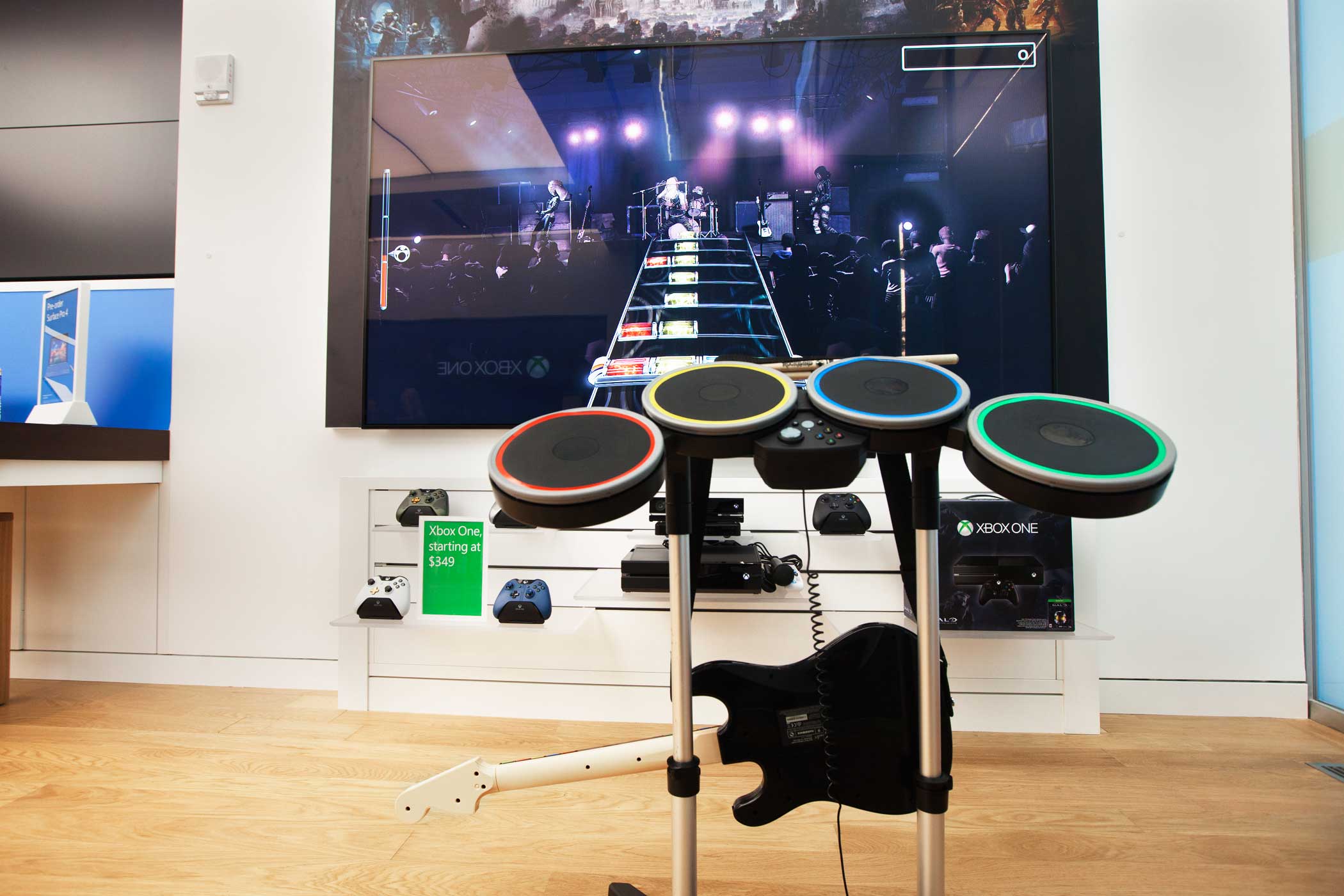
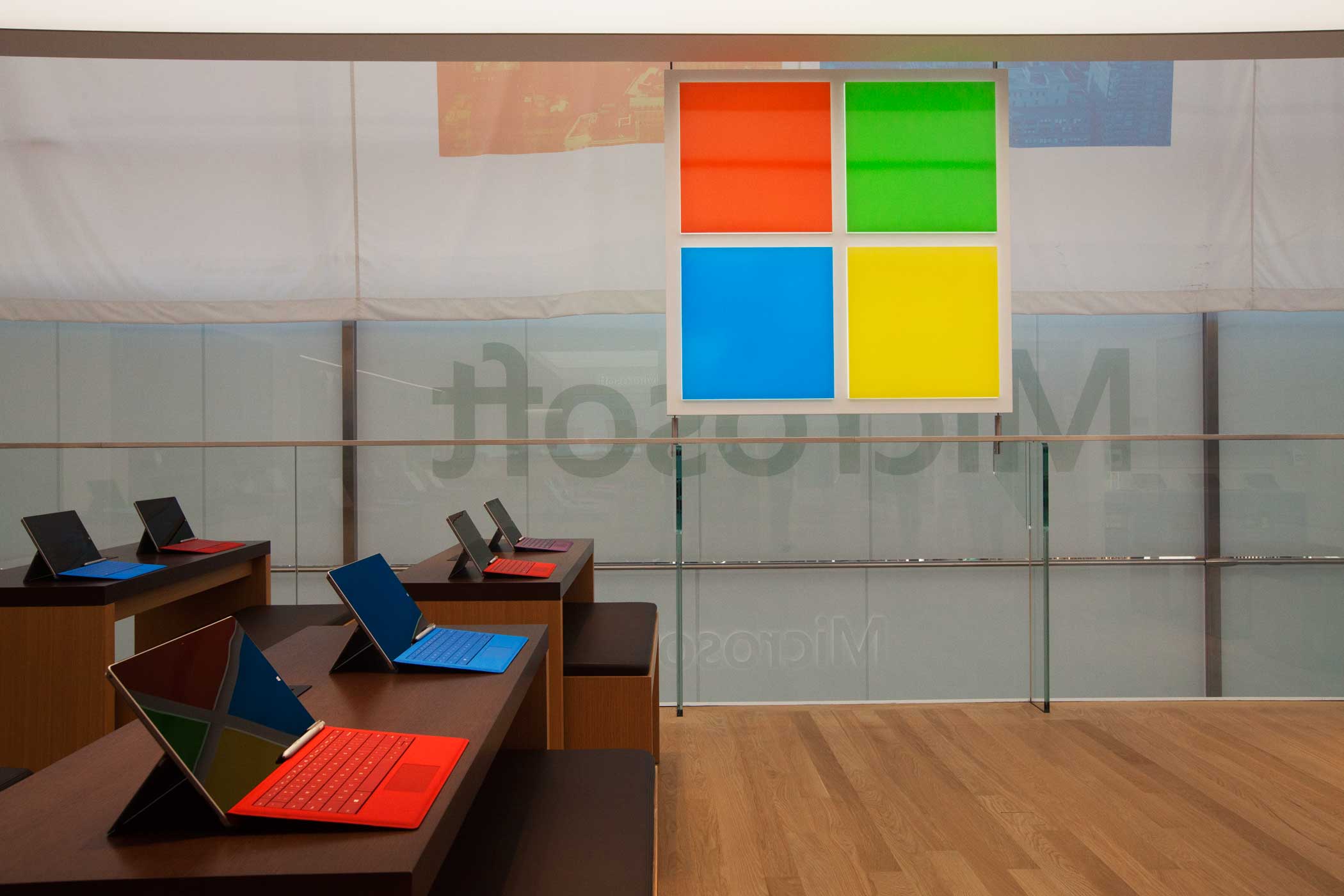
It seems to be another move in Microsoft’s strategy to expand its apps and services to platforms other than Windows. Last year, for example, it released a new Outlook app for the iPhone and a home screen replacement app for Android. In 2014, it introduced a version of Office made specifically for the iPad.
More Must-Reads from TIME
- Why Biden Dropped Out
- Ukraine’s Plan to Survive Trump
- The Rise of a New Kind of Parenting Guru
- The Chaos and Commotion of the RNC in Photos
- Why We All Have a Stake in Twisters’ Success
- 8 Eating Habits That Actually Improve Your Sleep
- Welcome to the Noah Lyles Olympics
- Get Our Paris Olympics Newsletter in Your Inbox
Contact us at letters@time.com